Complete Guide to US Tourist and Business Visas (B-1/B-2) for 2025
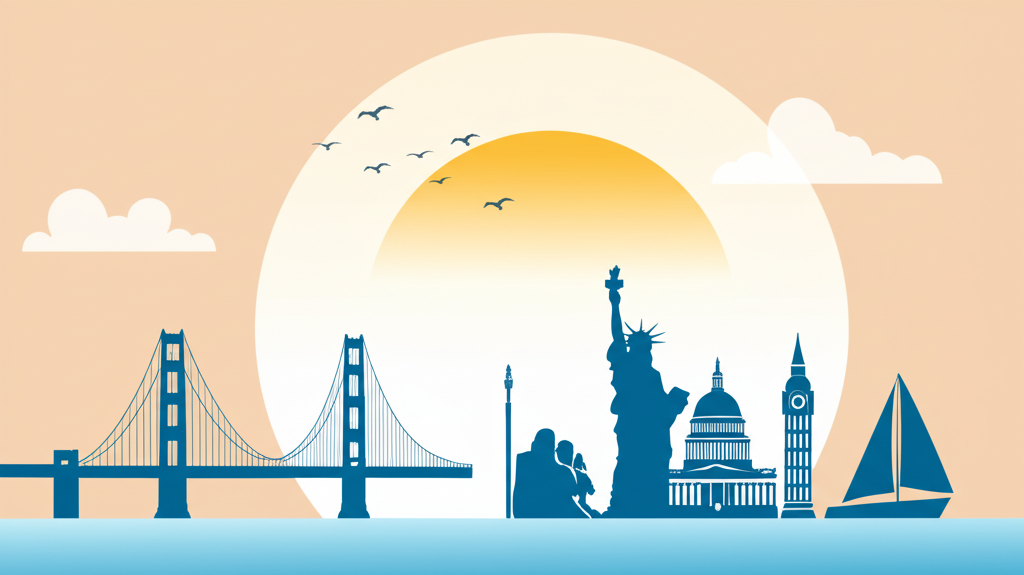
Complete Guide to US Tourist and Business Visas (B-1/B-2) for 2025

Are you planning a trip to the United States for tourism or business? This comprehensive guide will walk you through everything you need to know about the B-1 (business) and B-2 (tourism) visa application process for 2025.
What are B-1 and B-2 Visas?
The United States offers two main types of visitor visas for temporary travel:
- B-1 Business Visa: For business-related activities such as attending conferences, negotiating contracts, or consulting with business associates. Valid for Up to 6 months, with possible extensions. Application fee: $185 (as of 2025).
- B-2 Tourist Visa: For tourism, vacation, visiting friends or relatives, medical treatment, or participating in social events. Valid for Up to 6 months, with possible extensions. Application fee: $185 (as of 2025).
Most travelers receive a combined B-1/B-2 visa that allows for both business and tourism activities.
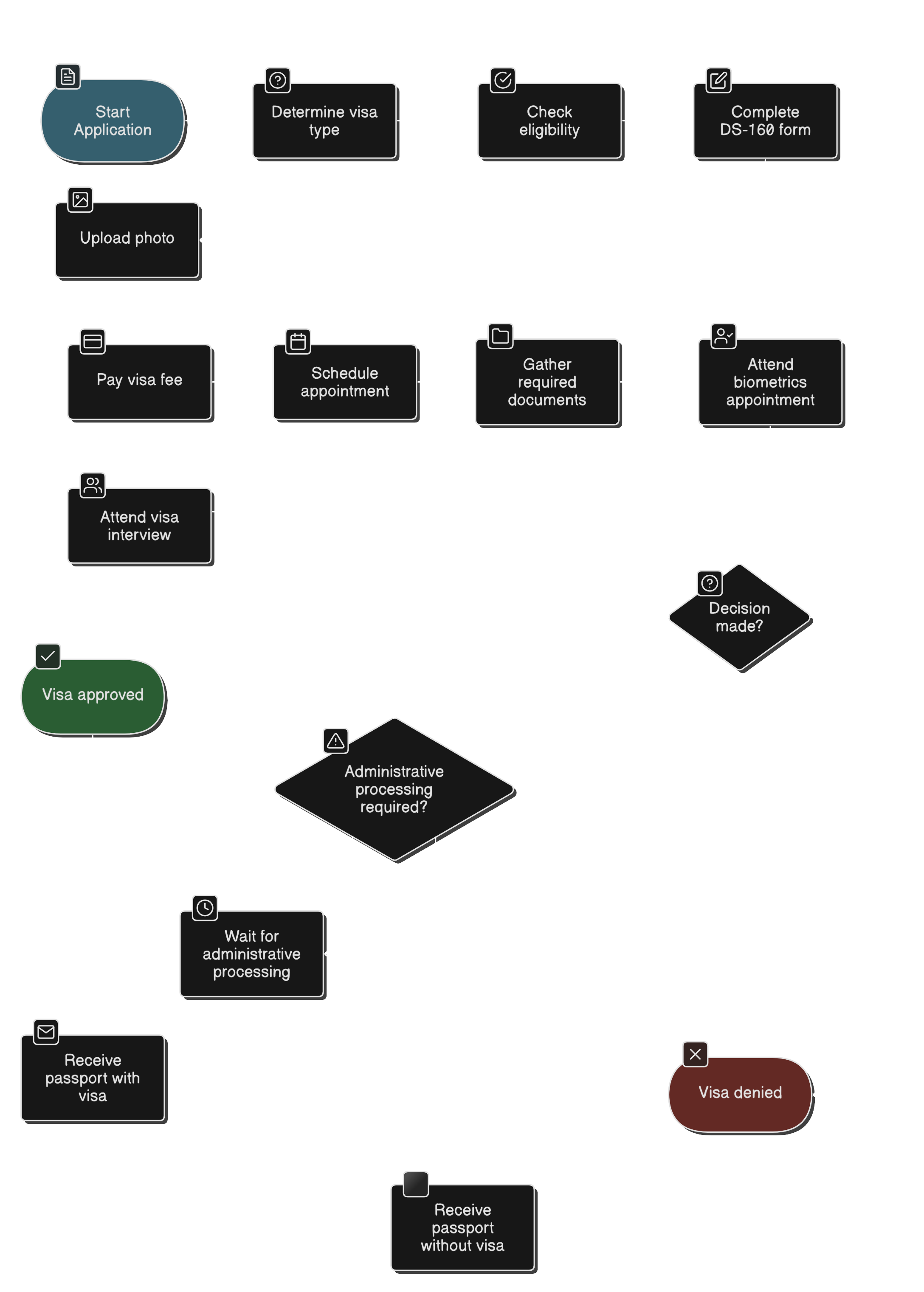
Required Documents
To apply for a B-1 or B-2 visa, you'll need to prepare the following documents:
- DS-160 Confirmation Page (Required): Printed confirmation page of the Online Nonimmigrant Visa Application (Form DS-160).
- Valid Passport (Required): Valid for at least six months beyond your intended period of stay in the U.S.
- Visa Application Fee Receipt (Required): Proof of payment of the non-refundable visa application fee.
- Photo (Required): One 2x2 inch (5x5 cm) color photograph taken within the last 6 months.
- Travel Itinerary (Recommended): Flight reservations, hotel bookings, and planned activities.
- Financial Documents (Recommended): Bank statements, income tax returns, or other proof of financial solvency.
- Ties to Home Country (Recommended): Evidence of strong ties to your home country, such as property ownership, family ties, or employment.
- Letter of Invitation (Recommended): If visiting friends or family, a letter from your host in the U.S.
- Employment Verification (Recommended): Letter from your employer stating your position, salary, and approved leave.
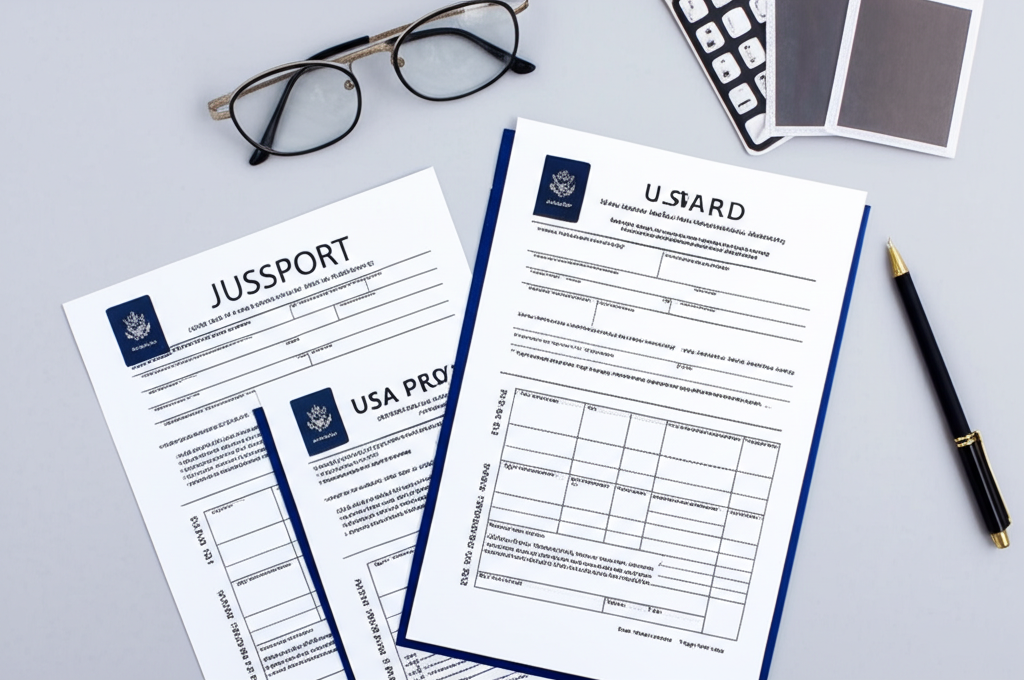
Application Process
Step 1: Complete the DS-160 Form
Fill out the Online Nonimmigrant Visa Application (Form DS-160) on the U.S. Department of State website. Be thorough and accurate, as this information will be used during your interview.
Step 2: Pay the Visa Application Fee
Pay the non-refundable visa application fee of $185 (as of 2025). Payment methods vary by country but typically include bank transfers, credit cards, or cash payments at designated banks.
Step 3: Schedule an Interview
Schedule a visa interview at the U.S. Embassy or Consulate in your country. Wait times for interview appointments vary by location and season, so plan accordingly.
Step 4: Prepare Documentation
Gather all required documents, including your DS-160 confirmation page, passport, application fee receipt, photo, and supporting documentation relevant to your trip purpose.
Step 5: Attend the Visa Interview
Arrive at the embassy or consulate on time for your scheduled interview. Be prepared to answer questions about your travel plans, ties to your home country, and the purpose of your visit.
Step 6: Biometric Data Collection
During your appointment, your fingerprints will be digitally scanned, and a photo will be taken as part of the application process.
Step 7: Wait for Visa Processing
If approved, your passport with the visa will typically be returned within a few days, though processing times vary by location. Some applications require additional administrative processing, which can take several weeks.
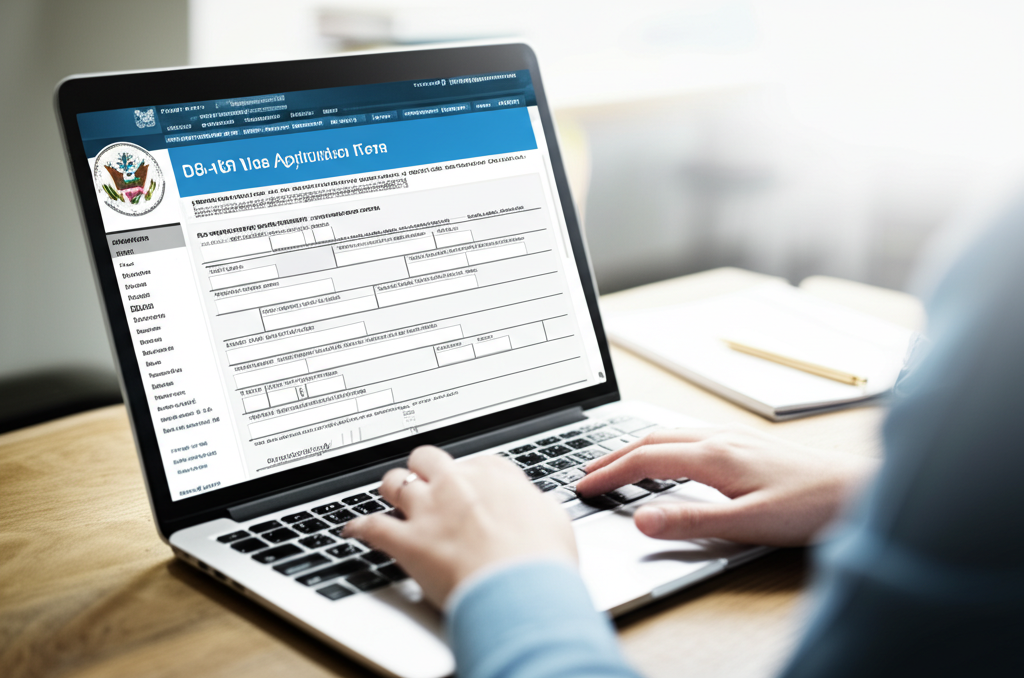
The Visa Interview
The visa interview is often the most crucial part of your application. A consular officer will determine whether you qualify for a visa based on your application and interview responses.
What to Expect During the Interview
- The interview typically lasts only a few minutes
- You'll be asked about your purpose of travel, ties to your home country, and financial situation
- The officer may request additional documents or information
- Be prepared to explain why you need to visit the U.S. and why you will return to your home country
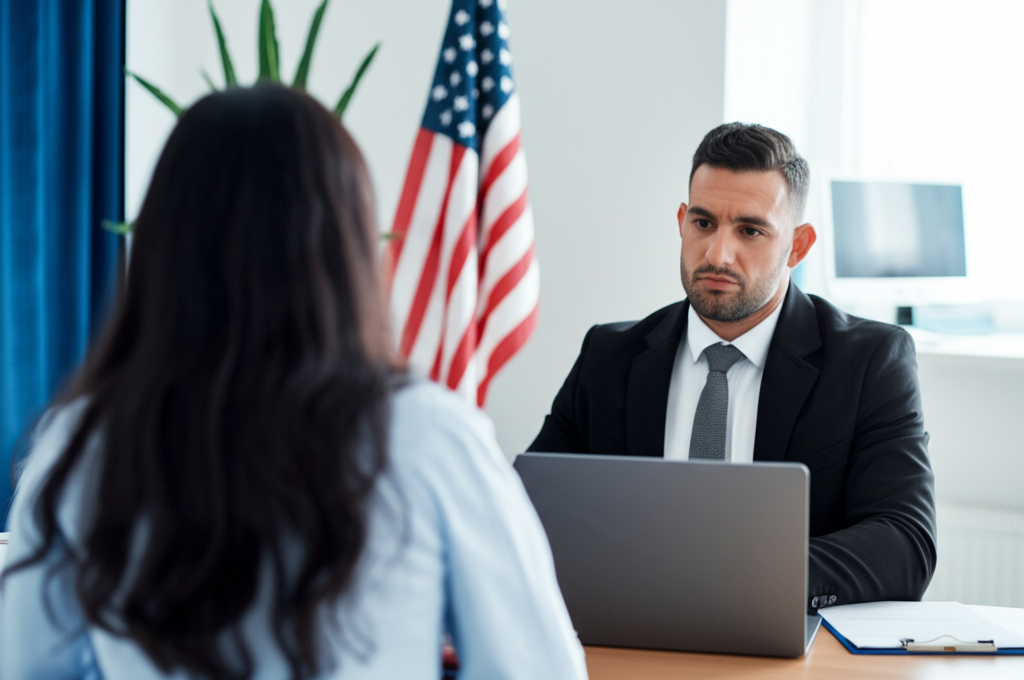
Common Reasons for Visa Rejection
Understanding why visas are commonly rejected can help you avoid these pitfalls:
- Insufficient demonstration of ties to your home country
- Inability to explain the purpose and details of your trip
- Insufficient financial resources to cover your stay
- Previous U.S. immigration violations or overstays
- Incomplete or inconsistent application information
- Concerns about your intention to immigrate permanently (immigrant intent)
- Criminal history or security concerns
- Providing false information or fraudulent documents
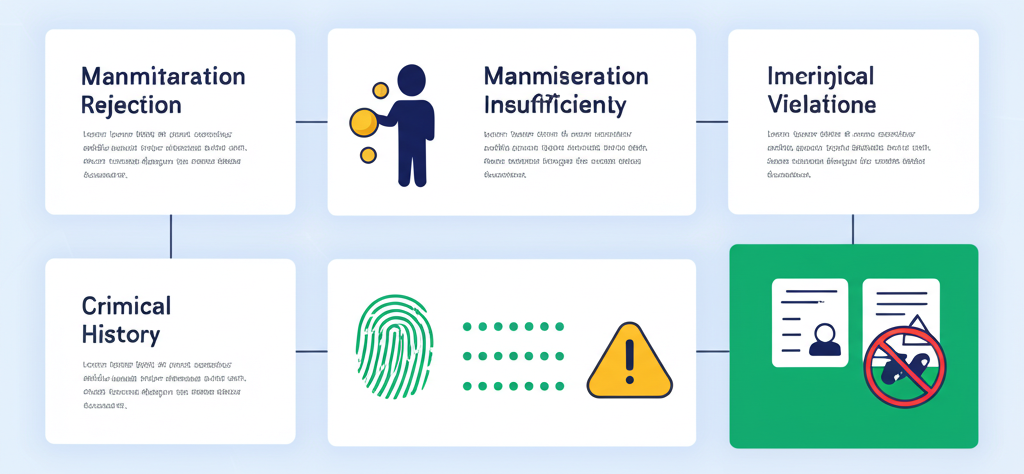
Tips for a Successful Application
- Apply well in advance of your planned travel date
- Be honest and consistent in all aspects of your application
- Prepare for your interview by reviewing potential questions
- Bring comprehensive documentation to support your application
- Clearly articulate your ties to your home country and reasons for returning
- Demonstrate sufficient financial resources for your trip
- Keep your answers during the interview concise and to the point
- Dress professionally for your interview to make a good impression
- If denied, carefully review the reason before reapplying
Changes in 2025
The U.S. visa application process has seen several updates in 2025:
- Digital Interview Pilot Program: Some consulates now offer preliminary digital interviews to expedite the process
- Extended Validity: Certain nationalities may now qualify for 10-year multiple-entry visas
- Biometric Updates: Enhanced biometric collection now includes iris scans at select locations
- Online Document Submission: More consulates now accept digital uploads of supporting documents prior to interviews
After Approval: Planning Your Trip
Once your visa is approved, you can start planning your trip to the United States. Remember that a visa doesn't guarantee entry; the final decision is made by Customs and Border Protection officers at the port of entry.
Entry Requirements
- Valid passport with your visa
- Completed CBP declaration form (now available digitally)
- Evidence of the purpose of your trip
- Proof of your ability to financially maintain yourself during your stay
- Evidence of your intent to depart the United States after your temporary stay
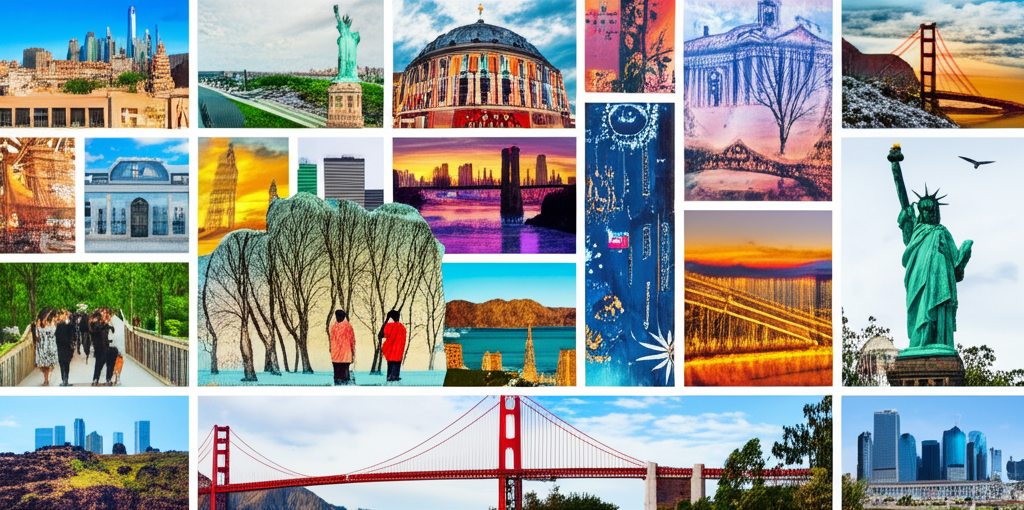
Conclusion
Applying for a US tourist or business visa might seem daunting, but with proper preparation and understanding of the process, you can increase your chances of approval. Make sure to apply well in advance of your planned travel dates, as processing times can vary.
Need help preparing your visa documents? Our document generation tools can help you create professional, accurate documentation for your visa application.
Last updated: January 10, 2025
Need Help With Your Visa Documents?
Our document generation tools can help you create professional visa application documents quickly and accurately.